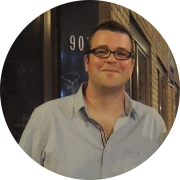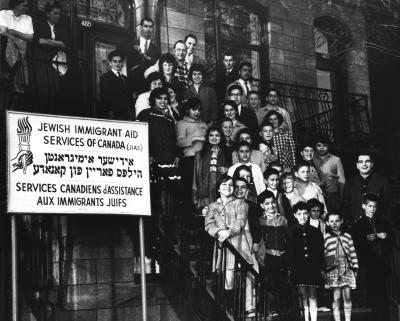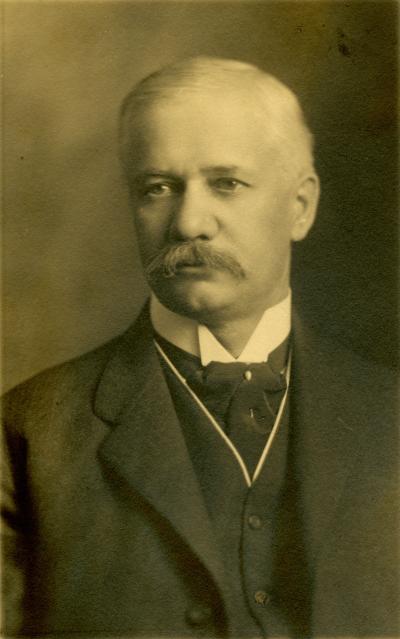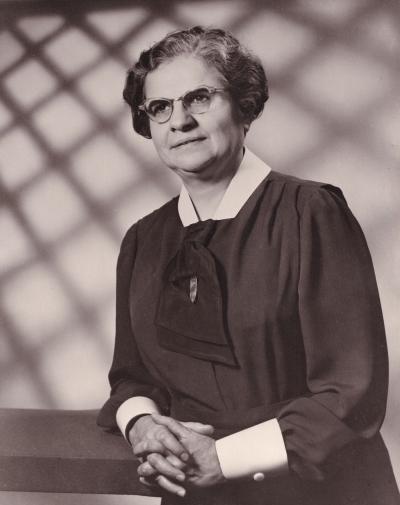Peruvian immigration to Montréal is somewhat recent. While the Peruvian community in the city continues to face barriers to economic integration, it plays an active and dynamic role in Montréal’s cultural vibrancy.
Péruviens
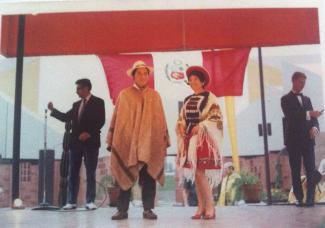
Political and economic context
Péruviens - Expo 67
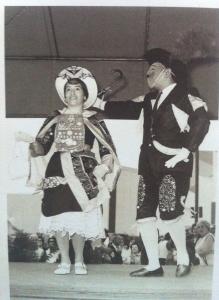
Tides turned in the 1980s. After years of military dictatorship, Peru returned to democratic rule in 1980. The country’s future seemed promising. But then an economic crisis shook Latin America, as did violent conflict between the government and far-left guerilla groups (the Shining Path and the Túpac Amaru Revolutionary Movement). From 1980 until the mid-1990s, an ongoing armed conflict between the Peruvian government and the guerrilla groups took place in the Andean regions and, later, in Lima. The conflict left 69,280 dead and displaced 600,000 people. All the while, the nation was facing debt and hyperinflation.
In 1990, the Alberto Fujimori government took power and for the next decade aggressively implemented neoliberal reform and began privatizing public services. The abrupt economic shift in the space of a few years led to rising unemployment, hyperinflation, and greater inequality; and quality of life for Peruvians plummeted.
Peruvian immigration: The numbers
Péruviens - restaurant
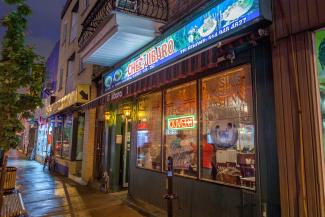
The violence of the 1980s and political and economic problems fuelled immigration to Montréal in the early 2000s. It is interesting to note that independent immigrants, family-class immigrants, and refugees settled in Montréal in equal numbers. In 2008, statistics showed that an estimated 37% of Peruvian immigrants admitted to Québec between 1968 and 2008 were independent immigrants, 34% were family class, and 29% were refugees. In other words, some Peruvians had come to Canada and Québec and settled independently, while others had been sponsored by family members or were admitted for humanitarian reasons.
In 2011, there were 15,685 people of Peruvian origin living in Québec, with the Montréal area home to the vast majority (93.3%). Most spoke one or both official Canadian languages: 91.2% spoke French and 48.2% spoke both French and English. The data shows, however, that Peruvians occupy a lower-than-average economic position compared to most Quebecers; in 2011, Peruvians had a lower annual income ($23,320 versus $36,352) and a higher unemployment rate (10.5% versus 7.2%).
Although Montréal does not have a distinctly Peruvian neighbourhood, you can find a cluster of Peruvian-owned businesses in the neighbourhood of Villeray. Dotted along rue Saint Hubert north of rue Jean-Talon, most are restaurants—among them El Jibaro, Eche Pa Echarle, and Sol y Mar—but some are businesses with a connection to Peru, including specialized grocery stores and currency exchange offices. Closer to Marché Jean-Talon, Sabor Latino also carries Peruvian products, in particular condiments (sauces and chili paste) and corn kernels.
Peruvian culture centre-stage
Péruviens - procession
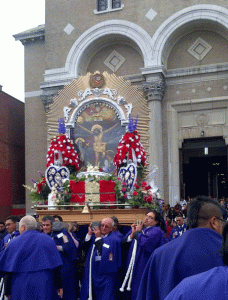
The Peruvian community is one of the most visible and culturally vibrant Latin American communities in Montréal. Every July, Peruvians celebrate their national holiday with music, dancing, and kiosks serving traditional dishes like ceviche and anticuchos. Over the last few years, the event has been part of the Week-ends du monde at Parc Jean-Drapeau. Every fall in the streets of Montréal’s Centre-Sud, there is a Señor de los Milagros (Lord of Miracles) procession, a Catholic tradition originating in Lima. In terms of cuisine, an increasing number of Peruvian restaurants have opened their doors in the city. And Peruvian food has become renowned in Montréal due to this increase—from fine dining establishments, seafood restaurants (ceviche), to rotisseries and beyond.
The Peruvian community in Montréal is relatively new, dating back to the 1980s. Peruvian immigrants have come to Montréal seeking a better quality of life, but also seeking refuge from violence and economic hardship. While the socioeconomic situation remains difficult for many Peruvian Montréalers, the community has become an integral and dynamic part of the city’s cultural landscape.
CHARBONNEAU, Denis. L’immigration argentine et péruvienne à Montréal : ressemblances et divergences, de 1960 à nos jours, Mémoire (M.A.), Montréal, UQAM, 2011.
MINISTÈRE DE L’IMMIGRATION ET DES COMMUNAUTÉS CULTURELLES DU QUÉBEC. « Immigrants nés en Argentine ou au Pérou, admis au Québec de 1968 à 2008 », Direction de la recherche et de l’analyse prospective, Montréal, 2009.
MINISTÈRE DE L’IMMIGRATION, DE LA DIVERSITÉ ET DE L’INCLUSION DU QUÉBEC. Portrait statistique de la population d’origine ethnique péruvienne au Québec en 2011, 2014.
STERN, Steve J. Shining and Other Paths: War and Society in Peru 1980-1995, Durham, Duke University Press, 1998, 534 p.
